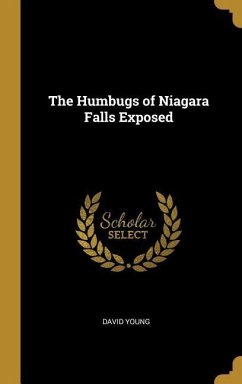A State Park Plan for New York, With a Proposal for the new Park Bond Issue , published in 1922, offers a fascinating glimpse into the early 20th-century vision for New York's state park system. Authored by the New York State Association's Committee on State Park Plan, this document outlines a comprehensive strategy for developing and expanding recreational areas across the state. The book not only details specific proposals for new parks but also makes a case for a bond issue to fund these ambitious projects. Readers interested in the history of conservation, environmental policy, and the development of public lands will find this a valuable resource. It provides insight into the motivations and priorities that shaped the creation of some of New York's most treasured natural spaces. This historical document showcases the foresight and dedication of early conservationists. This work has been selected by scholars as being culturally important, and is part of the knowledge base of civilization as we know it. This work was reproduced from the original artifact, and remains as true to the original work as possible. Therefore, you will see the original copyright references, library stamps (as most of these works have been housed in our most important libraries around the world), and other notations in the work. This work is in the public domain in the United States of America, and possibly other nations. Within the United States, you may freely copy and distribute this work, as no entity (individual or corporate) has a copyright on the body of the work. As a reproduction of a historical artifact, this work may contain missing or blurred pages, poor pictures, errant marks, etc. Scholars believe, and we concur, that this work is important enough to be preserved, reproduced, and made generally available to the public. We appreciate your support of the preservation process, and thank you for being an important part of keeping this knowledge alive and relevant.
Bitte wählen Sie Ihr Anliegen aus.
Rechnungen
Retourenschein anfordern
Bestellstatus
Storno








